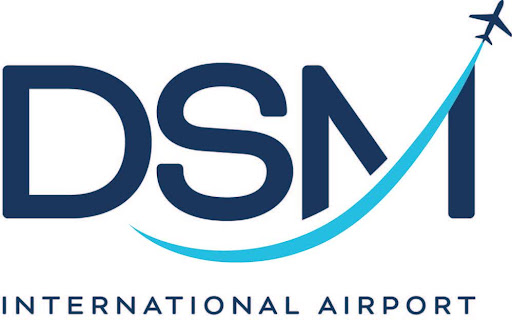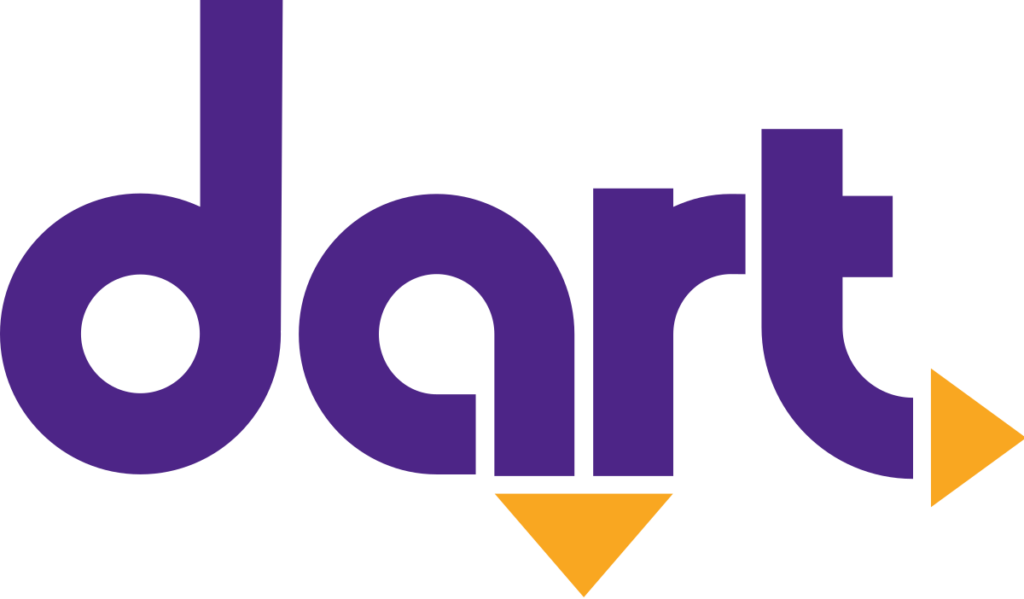DART gears up for long-term planning with surveys, meetings

Officials from the Des Moines Area Regional Transit Authority (DART) are laying out initial plans to the public for a long-term DART Forward 2035 planning process this week.
Bruce Behncke of consulting firm Transportation Management & Design laid out initial information to the public last night at the Des Moines Central Library, one of four public meetings scheduled to be held this week by DART. He introduced four guiding principles for the future of the service: building a market-based network, refocusing the service network, enhancing the customer experience and building financial sustainability.
Among topics discussed were whether the bus service should focus more on work commuters or users who are using it for non-work activities, whether buses should serve a wider area or arrive with more frequency, and even whether or how DART needs to update its efforts to comply with Americans with Disabilities Act standards.
“I believe that this is the right thing to do, plan in the long term. It’s not where Des Moines is right now, but where Des Moines expects to be 25 years down the road,” said Troy Green, who attended the meeting.
Green works with disabled citizens at Goodwill Industries of Central Iowa, and said transportation can be a large barrier to people that he helps find jobs, many of whom are unable to drive. But he also sees the importance of taking the bus for those who are able to drive.
“I think we really need to start looking ahead and looking at consolidating our transportation,” he said. “Why does everybody need to drive their own car? It doesn’t make sense to me.”
DART officials say there is a demand for the system, despite a recent drop in ridership due to service cuts. Behncke noted that from 2005 to 2009, ridership grew from 3.6 million people to 4.4 million people per year, and General Manager Brad Miller said Wednesday that ridership has increased as gasoline prices have gone up in the past month. Miller told the Business Record in December that it will take a buy-in from the community to get DART to a point to best serve riders and potential riders.
“I don’t think anyone is interested in continually cutting service and paying the same rate for less service,” he sad. “We’re trying to basically switch that equation around, showing and communicating with the communities how we’re going to grow into the future, and if they buy in and remain members of DART, then this is what they’re going to get for their investment.”
It’s all part of a process for DART, which is currently allowing riders and non-riders to participate in an online survey, which has already received nearly 1,200 responses. That input, along with rider surveys from the fall, a second round of outreach meetings in late spring or early summer and analysis from Transportation Management & Design will shape the 25-year plan.
“Transportation projects are a marathon, not a sprint,” Behncke said at Wednesday’s meeting.










